Our First-Ever Careers Website
The first-ever careers website we built, in 1997 was, we thought at the time, revolutionary. It was for a scientific and technical recruitment company in the Midlands.
The website consisted of around three or four pages, including a fancy Home page with a Flash animation. The animation may have been a revolving logo or something similar. It was essential to have a Flash animation on your home page in those days. It was the website equivalent of having a Porsche or a Ferrari.
The rest of the website consisted of an About Us page, a jobs page, a page for candidates and a contact page. All applications and registrations were via a very simple email form and you could even upload a Microsoft Word for Windows 95/97 document.
The website would be hosted on a domain name and in terms of search engine optimisation, there was a single set of Meta Title, Meta Description and Meta Keywords. In those days, most SEO companies would literally add hundreds of hidden keywords into a website page.
Website Programming Language
What made the website revolutionary, was that it was built using not just HTML, but with the addition of a new programming language, Microsoft Active Server Pages (ASP). ASP uses server-side scripts to generate dynamic website pages and other functionality. Prior to this, most websites were static HTML pages, manually linked together.
The ASP language allowed us to create new functionality, that allowed website owners to update their own website pages. The administration (admin) area allowed a user to log on to the website and update the content pages and add jobs via a simple interface. It was a glorified HTML editor. It allowed people without technical knowledge to undertake simple HTML commands to update text and imagery. It was pretty unique at the time and website editors did not become commonplace until well into the 2000s.
When a careers page was finished and ready to go live, up it went to the servers via an FTP file upload program. In the days of dial-up connections and 56k internet connection speeds, this could take several hours.
Internet Browsers
There were only two browsers in the late 1990’s – Netscape and Internet Explorer, so browser compatibility and testing were also very simple. Now there is Chrome, Firefox, Microsoft Edge, Opera, Pale Moon, Safari, SeaMonkey, Vivaldi and the Yandex browser.
Search Engines
When the website was ready to be submitted to the search engines, we would simply go to Google and there was a manual “submit website” page, where 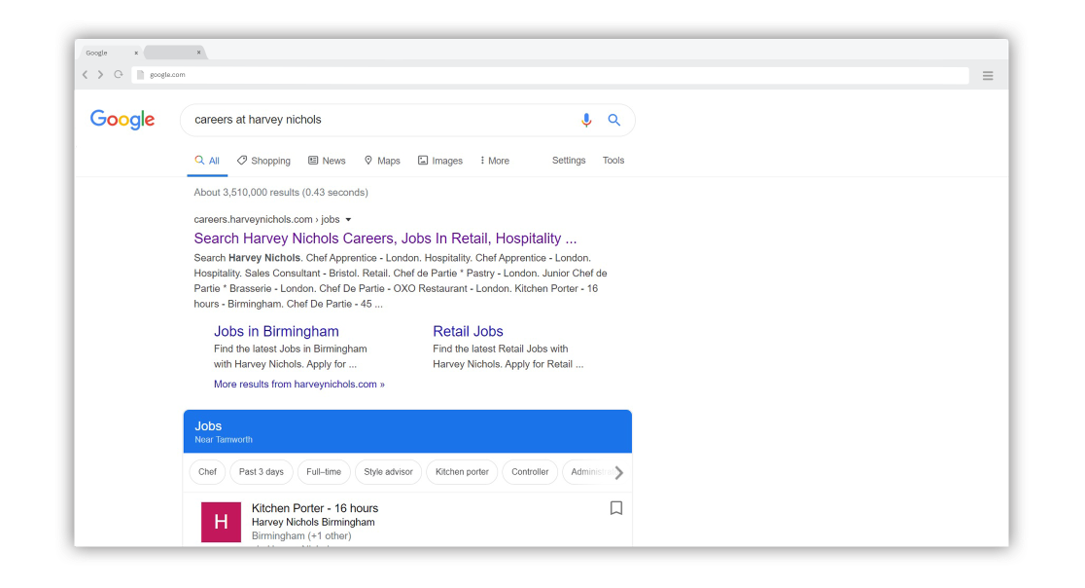 the submission to Google took place. Today, you don’t even have to submit to Google if you don’t want to, as Google will find you!
the submission to Google took place. Today, you don’t even have to submit to Google if you don’t want to, as Google will find you!
In the late 1990s, however, Google was just one of the lots of different search engines, so any website had to be submitted to as many search engines as possible. Some of the main search engines were Lycos, Infoseek, Yahoo! Search, Magellan, Excite, AltaVista, Ask Jeeves, AOL and many others. The best way to ensure submission was to do it manually. As you can imagine, the search engine submission process could be half a day’s work.
Once submitted to the search engines, you did not expect to be indexed or visited for many months. It was a long waiting game. Today, you still have to wait sometime to be indexed and listed properly, but any new is usually visited quite quickly and certainly within the first few days after submission.
Website Reporting
Google Analytics is now the statistics package of choice with most website users and this is now a very complex statistics and performance system, 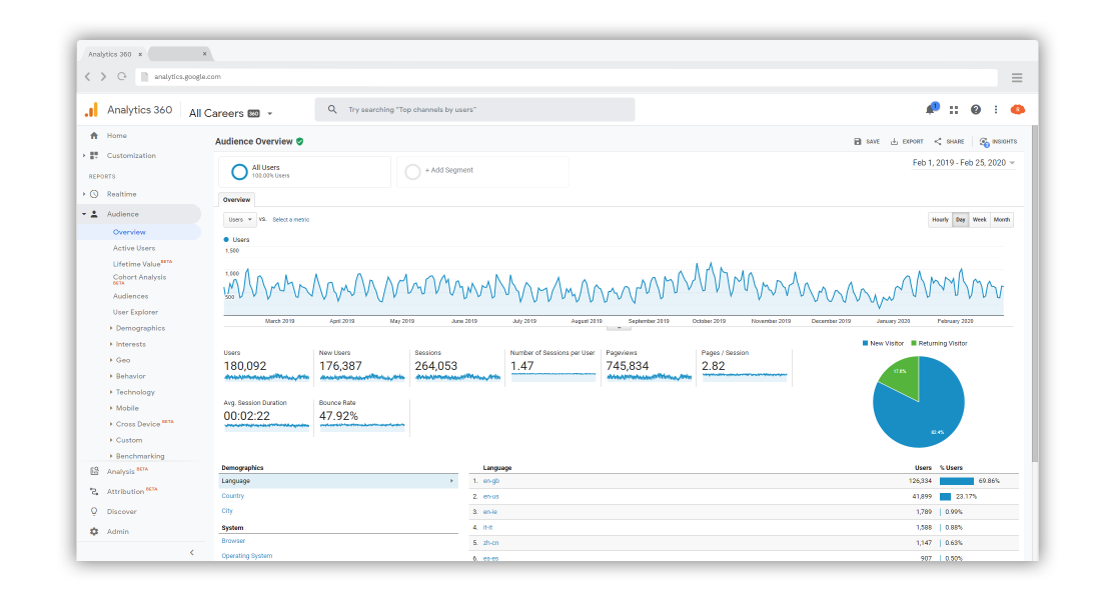 monitoring everything from website visits, to gender, lifestyle habits, detailed demographics and much more.
monitoring everything from website visits, to gender, lifestyle habits, detailed demographics and much more.
The standard website reporting system of the late 1990s was Urchin Statistics Software. It was simple to set up and provided quite simple visitor statistics. As with everything else, Google purchased the company behind the software, Urchin Software Corp in 2005.
That was it. There wasn’t too much else to worry about. There was no need for SSL Certificates, no third-party integrations or GDPR compliant forms and databases.
Careers Website Design Today
As the graphic accompanying this article displays, for a modern careers website you now need most, if not all the elements are shown, as standard.
SSL Certificates – these are mandatory now for both search engine listing and for encrypting data, sent from browsers to the website server.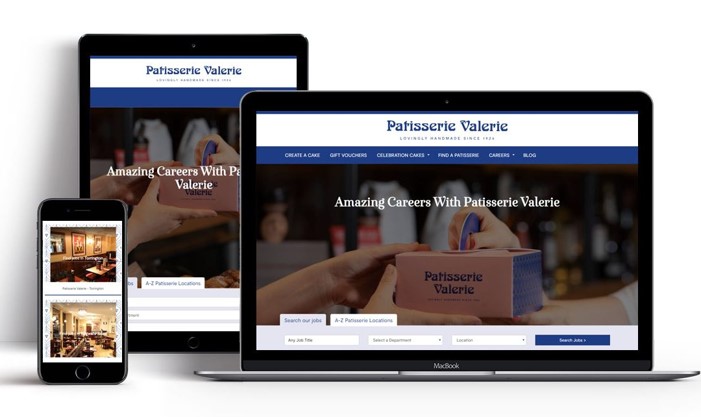
GDPR Compliant – all registration forms now have to have opt-in functionality to protect the security of people’s data.
Responsive – your website must display across multiple different devices including laptops, tablets and mobile phones.
SEO – search engine optimisation now requires unique meta tags across all pages and URLs.
Third-Party Feeds – it is important to connect your website to third party websites, applications and social media pages via XML feeds or direct integration.
Fully Updateable – modern websites require the functionality to update just more than simple text formatting. Menus, images and layouts can now be updated quickly.
Google Jobs – any company needs to get integrated into Google Jobs. Launched in 2017 it is a location-based jobs engine which operates via the Google search engine.
Imagine what a careers website will be like in 2040? Will there be websites then? Will jobs just be posted directly into your brain? Who knows?
If you need your website updating or re-designing contact us to discuss your requirements in detail.
Subscribe to our newsletter below!


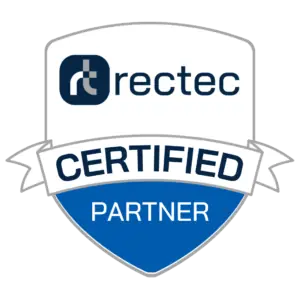
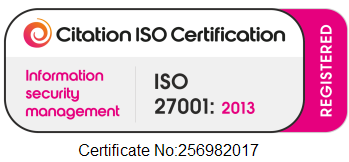
Comments are closed